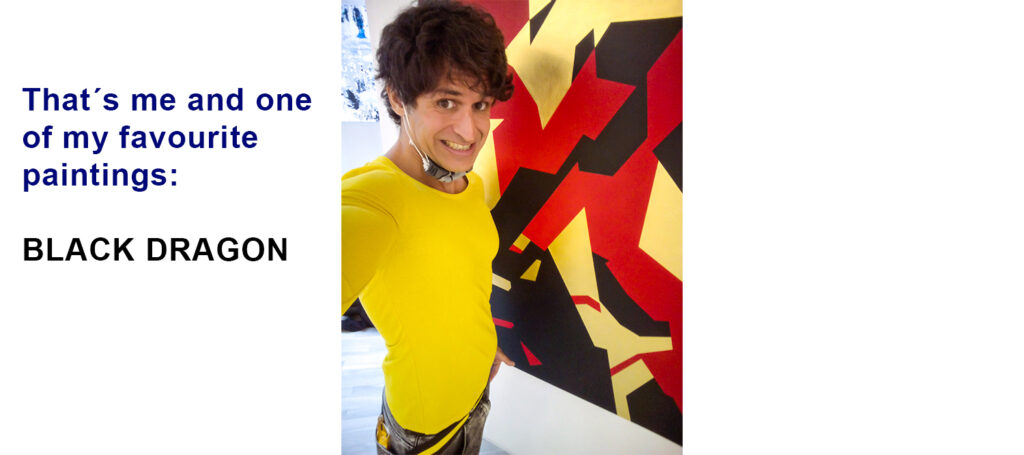Introduction
Hi there,
My name is Juanjo López Brotons and I am a Spanish multidisciplinary artist currently living in Cologne, Germany. Although at the beginning of my professional career I studied International Business and worked in the international transport sector for some years, later I decided to redirect my life by graduating in Art and Design at the Escola Massana of Barcelona and start a life focused on artistic and creative practices.
During that time I received several scholarships to participate in workshops and at the end of my studies I was selected by my university ( partnered with the artist Gemma Barbany ) to curate an art exhibition, which brought together the most relevant artistic works of various art schools in Barcelona.
In relation to my development as an artist, although I have a certain affinity for graphic design, I have ended up focusing my artistic work in the field of painting, photography and illustration.

To date I have exhibited my paintings both in Spain and in Germany in places as diverse as art galleries, churches (best place to exhibit my geometric abstract art 🙏) and law firms, among others. I have also received several grants and mentions for my work, which I am very grateful for and met wonderful people along the road.
And now, some CV info 👇
ARTIST BIO
Juanjo Lopez Brotons (1978, Alicante, Spain)
Currently living and working in Germany (Cologne-NRW)
E-mail: juanjoelx@gmail.com
Instagram: @juanjolopez_art
Twitter: @juanjolobro
ART PROFILES
ARTISTIC EDUCATION
(2009 – 2014) University graduate in Art & Design, Escola Massana, Barcelona, Spain.
Specialised in digital photography, painting and illustration.
EXHIBITIONS:
(2021) Hargesheimer Kunstauktionen Düsseldorf
(2020) Kunstraum Grevy «42». Art Gallery collective exhibition in Köln, Germany
(2020) Kunstraum Grevy «Structures». Art Gallery collective exhibition in Köln, Germany
(2019) 68elf Art Studio Köln, Germany
(2018) Kaarster artists collective exhibition in Rathaus Büttgen, NRW, Germany
(2015) Curator and graphic designer of TRIPLE MORTAL (Habitar, sentir, pensar), exhibition which gathered selected Art and Design final artworks of students from Escola Massana, Escola Llotja and Fine Arts of the University of Barcelona.
To watch the opening promotional video, read/download the catalogue and find more information,
please visit this link
To watch the TV interview to the curators, please click here
(2015) Solo Exhibition STELA
Christ König Kirche
Friedenstrasse 12
41462 Neuss
(2014) Solo Exhibition STELA
Cambra de la Propietat Urbana de Barcelona
Carrer Princesa, 1-3, 08003 Barcelona
(2014) Solo Exhibition STELA
Malzfabrik
Krefelder Straße 18a, 50670 Köln
(2013) Solo Exhibition, STELA
Escola Massana (Barcelona)
18th February – 1st March 2013
+info
(2013) Collective exhibition Escola Massana – UAB (Universitat Autònoma de Barcelona)
White Room (UAB) March – June 2013
(2011) Workshop 2B2A Selection of scholarship students
from Escola Massana and Art School of Brno (Czech Republic)
September 2011
